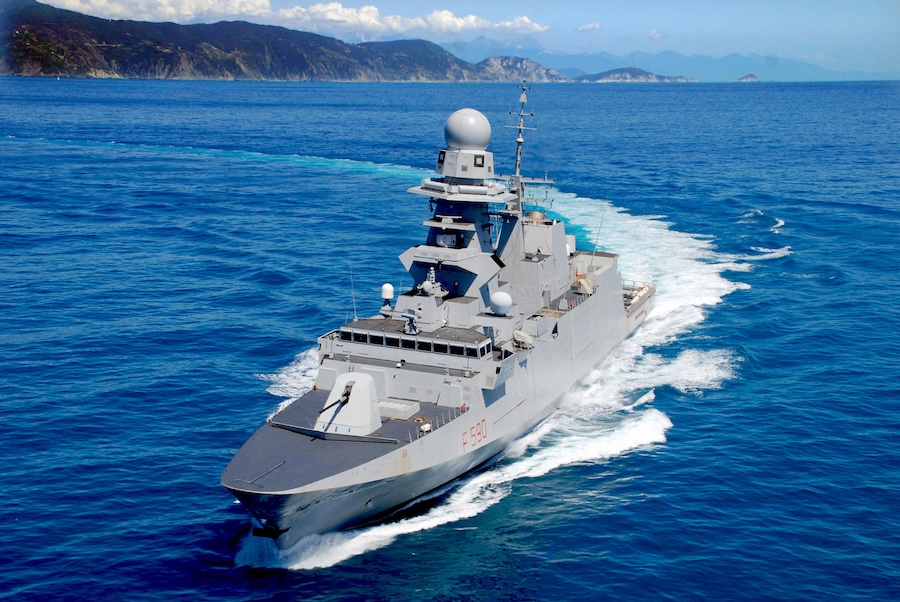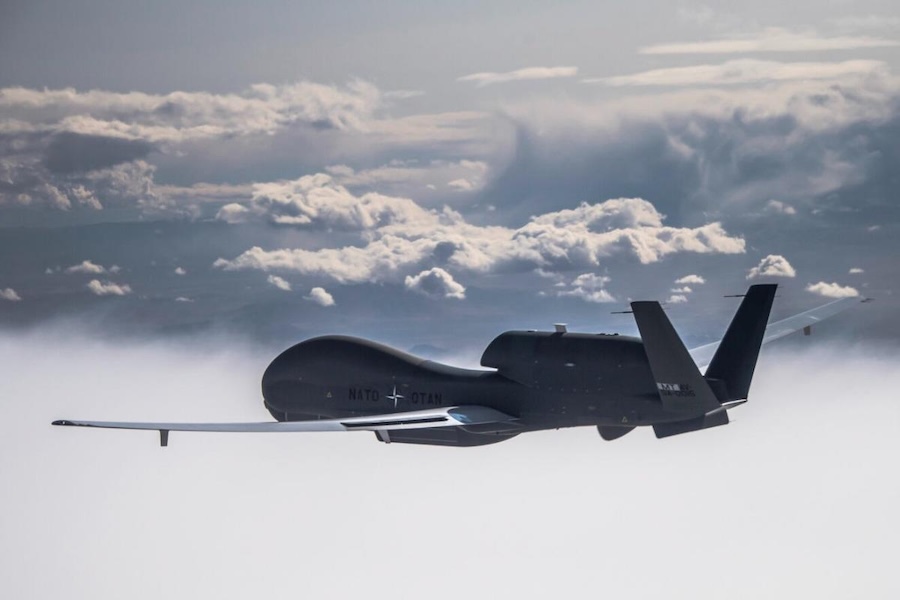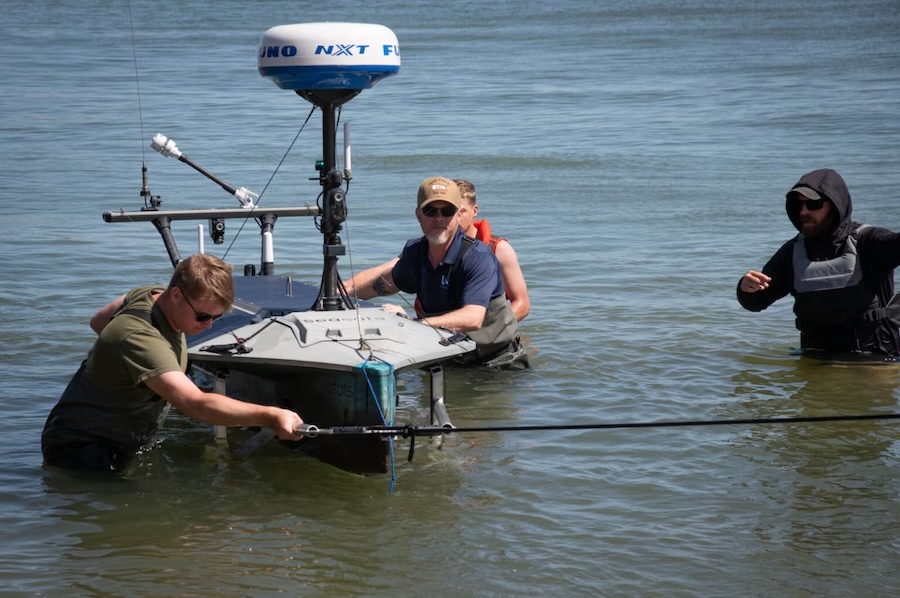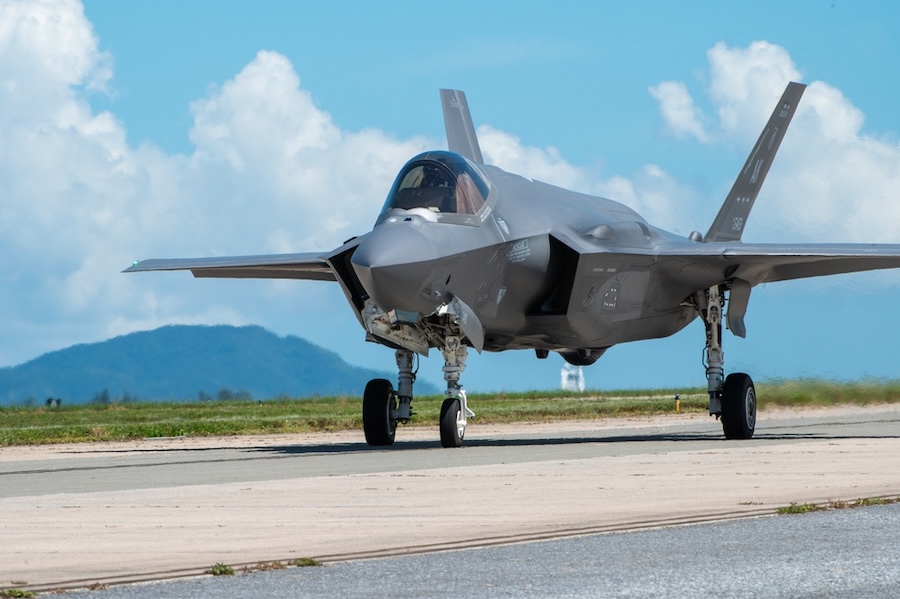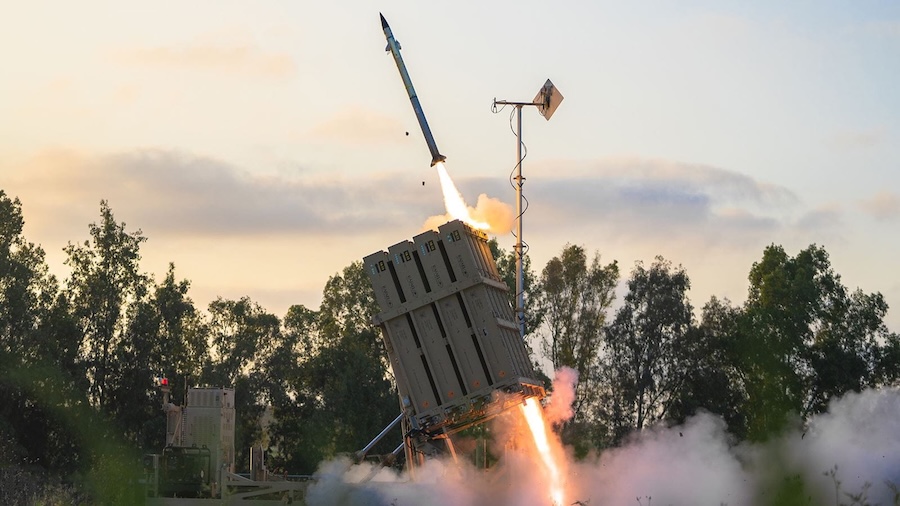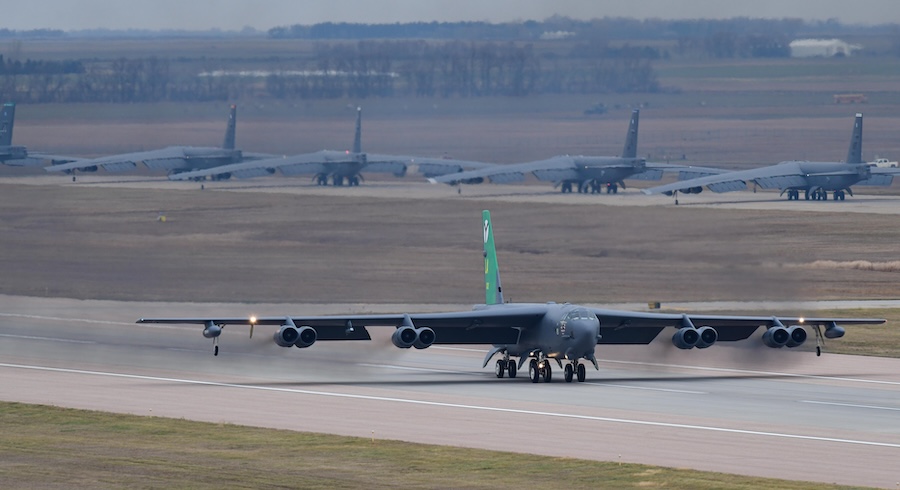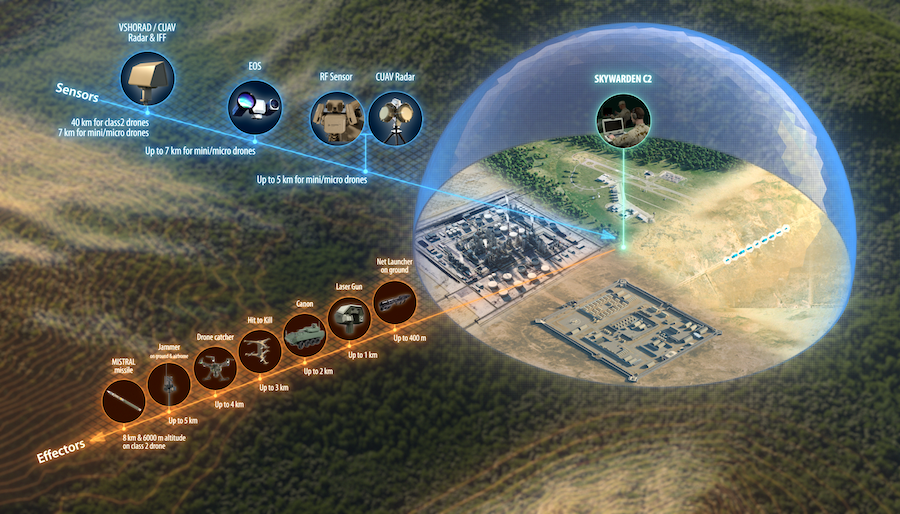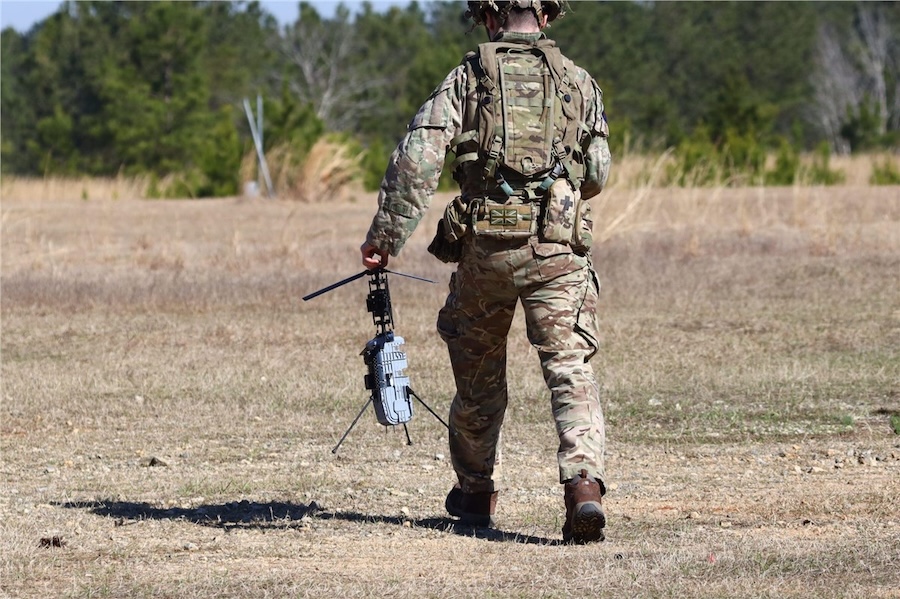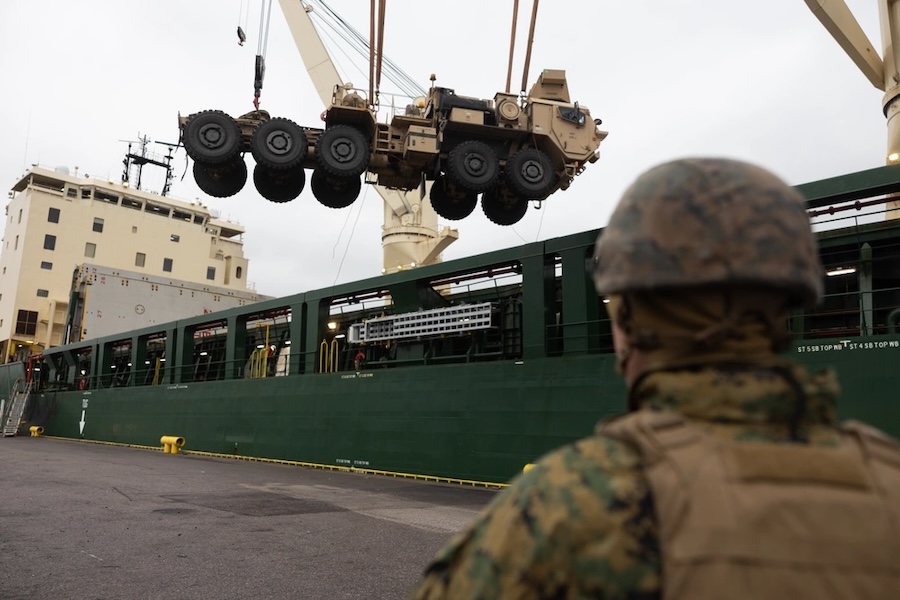“Strategic mobility buys time and space for the force,” said Mark Lundstrom, Founder & CEO of Radia. “WindRunner was designed to move full systems, such as long-range radars, tiltrotors, CCAs, mobile hospitals, and other complex, oversized assets, without disassembly, without special infrastructure, and without slowing operations. We’re not replacing the legends that have carried the load for decades; we’re reinforcing them with a commercially fielded capability that can surge when and where commanders need it, for ministries of defense worldwide.”
Radia highlighted that modern joint capabilities often run out of space before they run out of lift, with equipment such as radars and aircraft typically requiring disassembly or specialised facilities to be transported by C-5, C-17 or A400M airlifters. This limitation slows timelines, increases vulnerability, and complicates logistics in contested or infrastructure-limited environments where U.S. and allied forces frequently operate.
WindRunner offers approximately seven times the volume of a C-5 and twelve times that of a C-17, providing over 6,800 m³ of space for roll-on/roll-off delivery of complete systems. It can carry six CH-47 Chinooks without disassembly, four CV-22 Ospreys directly to operational areas, or four F-16s or F-35Cs without air refuelling, while also moving up to twelve Apache helicopters in a single load.
The aircraft is also designed to support rapid space operations by moving boosters in hours rather than days and recovering landed rocket cargo vehicles for re-use. With short take-off and landing capability from roughly 1,800-metre unpaved runways, it can reach distributed, austere, or storm-damaged sites inaccessible to conventional aircraft.
Compatible with standard ground equipment, WindRunner reduces the need for bespoke facilities while minimising total flight hours and operational complexity. Radia has set a development target for a first flight by the end of the decade, employing certified, proven components to support its 2030 take-off goal.
By complementing but not replacing current fleets, WindRunner is intended to extend the strategic impact of ageing but indispensable airlift aircraft. It is designed to enable distributed basing concepts and enhance freedom of manoeuvre across Indo-Pacific, Arctic, and European theatres, while also providing capabilities for humanitarian and disaster response.














